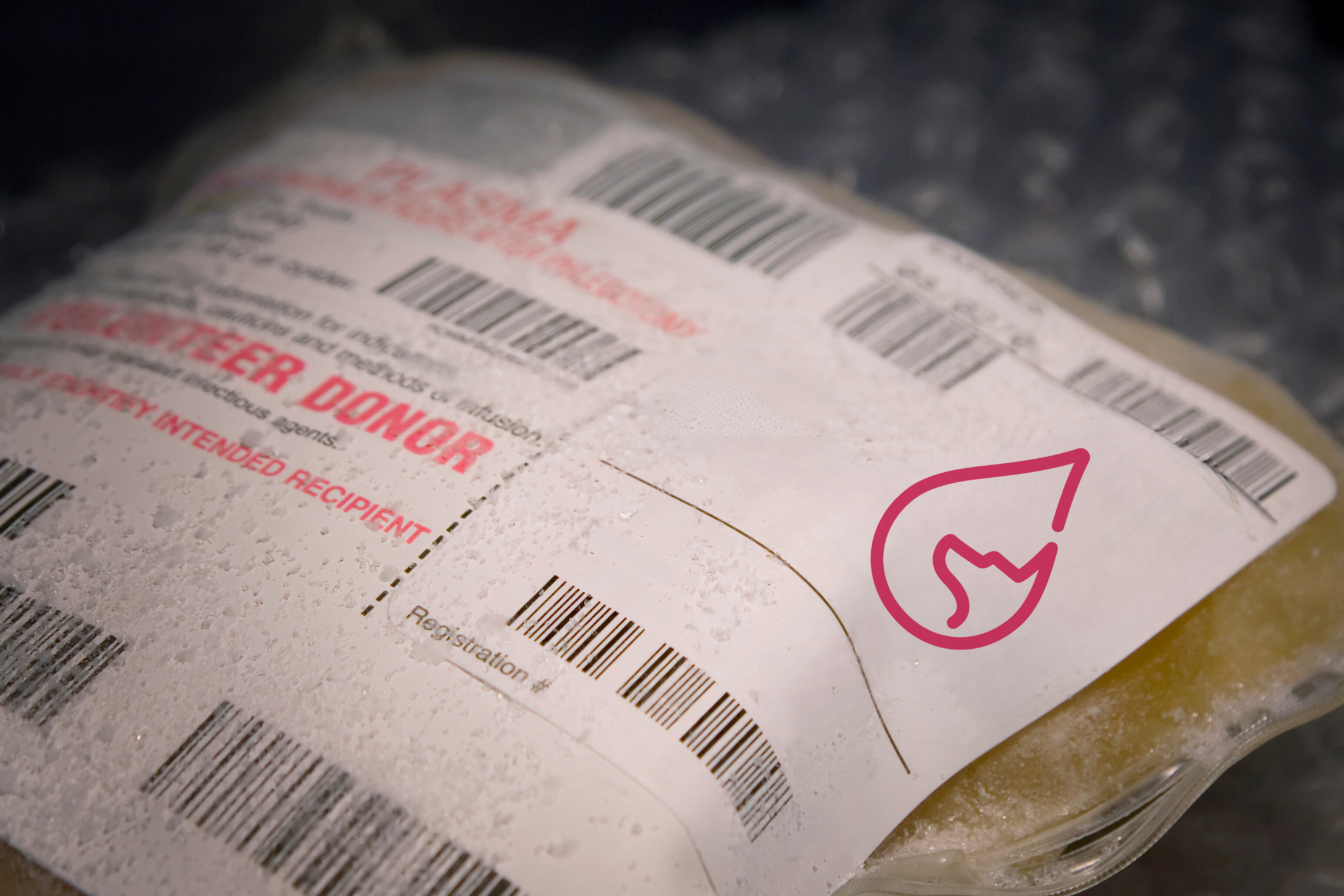
If your patient requires a blood transfusion, it is important to clearly define a treatment goal that will guide decision-making regarding component therapy. It is also important to select the most specific blood component, to allow for resources to remain available for all patients in need. Despite efforts of internal and commercial blood banks, blood products remain a precious resource that should be used with prudence.
There are many types of plasma products including fresh frozen plasma, frozen (also termed stored) plasma, cryoprecipitate, cryopoor plasma, albumin, and recombinant canine factor formulations that are not available commercially. Choosing between plasma and fresh frozen plasma (FFP) is a common conundrum faced by veterinarians and something that requires thoughtful consideration of the plasma products and their indications.
When Plasma Products Are Indicated
The most appropriate use for plasma products is for replacement of hemostatic proteins in deficient recipients. Indications for use of plasma products have historically been: prophylaxis (prevention of clinical bleeding when coagulation times are at least 1.5 times the upper normal range) or for treatment of active hemorrhage. In recent years, maintenance of endothelial integrity has been added as a consideration in critical patients.
When Plasma Products Are Not Indicated
In the past, plasma has been used for treatment of parvovirus, pancreatitis, and failure of passive transfer, but recent studies no longer favour treatment for these disease processes alone. For instance, when plasma was banked from donor dogs with a previous history of parvovirus infection and given to puppies with active canine parvovirus infection, there was no decrease in viremia, clinical signs, or recovery time. Likewise, when patients with pancreatitis receive plasma products, an increased mortality has been demonstrated. Lastly, when hyperimmunized plasma was given orally to canine neonates, it did not increase serum IgG levels nor decrease risk of mortality. Thus, in the advanced care setting, use of plasma products is no longer recommended in these situations.
When Fresh Frozen Plasma Is Indicated
FFP is plasma separated from whole blood and frozen within 6-8 hours (depending on the anticoagulant used in banking) and stored for one year at < -18 degrees Celsius. There is some evidence that supports maintaining fresh plasma as a liquid at 5 degrees Celsius for 24 hours before freezing (in case of immediate need), and then completing the freezing process. This process seems to allow for adequate maintenance of hemostatic ability. FFP contains coagulation factors, antithrombin, fibrinogen, and albumin. It is the most complete plasma product available, but it is not specific. It is often used in severely ill or injured patients, especially in cases of massive transfusion, acute traumatic coagulopathy, and disseminated intravascular coagulation (DIC), largely to replace fibrinogen.
When Frozen Plasma Is Indicated
Frozen plasma is plasma separated from whole blood but not frozen within 8 hours or frozen as above but stored for longer than 1 year and up to 4 years. Frozen plasma contains stable coagulation factors II, VII, IX, X as well as albumin. It is a source of protein (both albumin and globulins), but hemostatic ability is limited by the loss of labile factors V and VIII, as well as von Willebrand factor, fibronectin and fibrinogen. Generally, frozen plasma can be used to maintain endothelial integrity, supplement albumin (although abundant plasma may be required), and to correct coagulopathies due to vitamin K-dependent factor deficiencies (e.g., anticoagulant rodenticide toxicity).
Conclusions
Initiating transfusion of blood products involves a thoughtful decision-making process involving the patient’s primary condition and hemostatic needs. Use of the most specific component available to reach that goal is recommended to ensure resources are available to all patients in need.
Written by Tiffany Jagodich, DVM, DVSc, Dipl. ACVECC who is a volunteer member of the Canadian Animal Blood Bank Education Advisory Committee and ICU Service Chief at Boundary Bay Veterinary Specialty Hospital.


Can you please tell us how long fresh frozen plasma and frozen plasma are good for in the freezer?
Hi Anne, stored correctly, Fresh Frozen Plasma is good in the freezer for 12 months. After that, you may start to see a reduction in factor V and VIII. Frozen Plasma can be stored in the freezer for a longer period of time. We keep ours for up to two years. If you purchase Fresh Frozen Plasma, you can relabel the bag as Frozen Plasma and extend the expiry date for an additional year after the initial 12 months. I hope this helps!